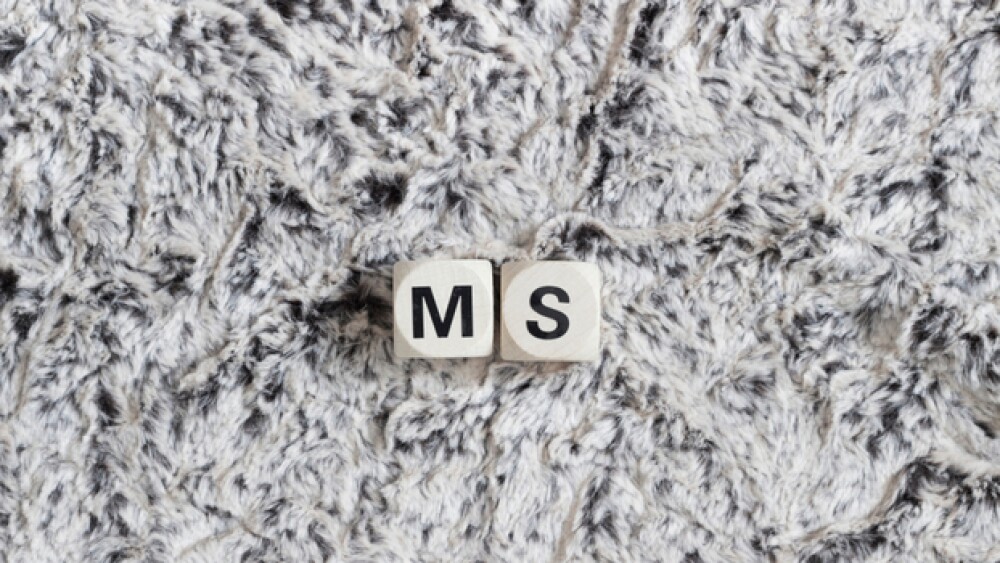New York-based Immunic reported positive topline data from its Phase II EMPhASIS trial of IMU-838 in relapsing-remitting multiple sclerosis (RRMS).
New York-based Immunic reported positive topline data from its Phase II EMPhASIS trial of IMU-838 in relapsing-remitting multiple sclerosis (RRMS).
IMU-838 is the company’s lead product, a selective oral DHODH inhibitor. DHODH stands for the enzyme dihydroorotate dehydrogenase. The drug acts on activated T- and B-cells, but leaves other immune cells mostly unaffected, which allows the immune system to continue fighting infections. In previous trials, the drug did not increase rates of infection compared to placebo.
DHODH inhibitors also appear to have an antiviral effect that is independent with respect to specific virus proteins and their structure. As such, it has been successfully tested in two Phase I clinical trials in 2017 and is now being tested in Phase II trials in COVID-19, as well as in RRMS and ulcerative colitis.
The company’s research partner, the Mayo Clinic, has also launched a proof-of-concept trial of the drug in primary sclerosing cholangitis. So far the drug has been evaluated in about 650 people and has demonstrated a good pharmacokinetic, safety and tolerability profile.
In the EMPhASIS trial, IMU-838 hit all the primary and key secondary endpoints, indicating activity against RRMS. The primary endpoint demonstrated a statistically significant decrease in the cumulative number of combined unique active (CUA) magnetic resonance imaging (MRI) lesions up to week 24 in patients that received 45mg of IMU-838 once a day by 62% compared to placebo.
It also hit its key secondary endpoint, a statistically significant reduction in the cumulative number of CUA MRI lesions of 70% with the 30mg once-per-day dose compared to placebo.
The trial met all other secondary endpoints, including various MRI parameters and clinical endpoints like relapse events. However, due to the design, size and patient follow-up in the study, full statistical analysis of the secondary endpoints wasn’t viewed as appropriate, so they weren’t included in the analysis plan. The company does, however, note that they believe the secondary endpoints provide useful data for further development.
“Patients in the EMPhASIS trial exhibited robust responses across all study endpoints included in the top-line analysis,” said Andreas Muehler, Immunic’s chief medical officer. “In addition to showing consistent activity by IMU-838 in RRMS using different measures, the study data also supports the previously observed favorable safety and tolerability profile of IMU-838 in RRMS patients.”
Muehler went on to say, “We believe this data strongly supports our goal of developing IMU-838 as an easy, safe and convenient oral treatment option for patients with RRMS and other autoimmune diseases. We are extremely encouraged by these results and intend to now focus on the development plan with the goal of eventually making IMU-838 available as a best-in-class, once-daily oral therapy for RRMS.”
The company also simultaneously announced second-quarter results and business updates. Immunic enrolled the first patients in the Phase II IONIC trial of IMU-838 in combination with Tamiflu (oseltamivir) for moderate-to-severe COVID-19 in July. In June it dosed the first patient in CLVID-1, a Phase II trial of IMU-838 in moderate COVID-19. In June the company also completed a $25 million public offering of common stock and was added to the Russell 3000 Index.
R&D expenses were $10 million for the second quarter compared to $6 million for the same period last year. For the six-month period, R&D expenses were $16.4 million compared to $9.4 million for the same period in 2019. G&A expenses were $2.2 million for the three months, down from $9.0 million in the same period in 2019. The primary improvement was due to one-time costs related to a deal with Vital Therapies that included $6.4 million in stock-based compensation for executive, key employees and board members, and $1.2 million in investment banking and legal fees. G&A expenses for the six-month period were $4.8 million compared to $10.3 million for the same period in 2019.
The company reports cash and cash equivalents as of June 30, 2020, of $48.6 million. They believe this is enough to keep operating beyond 12 months from today.





